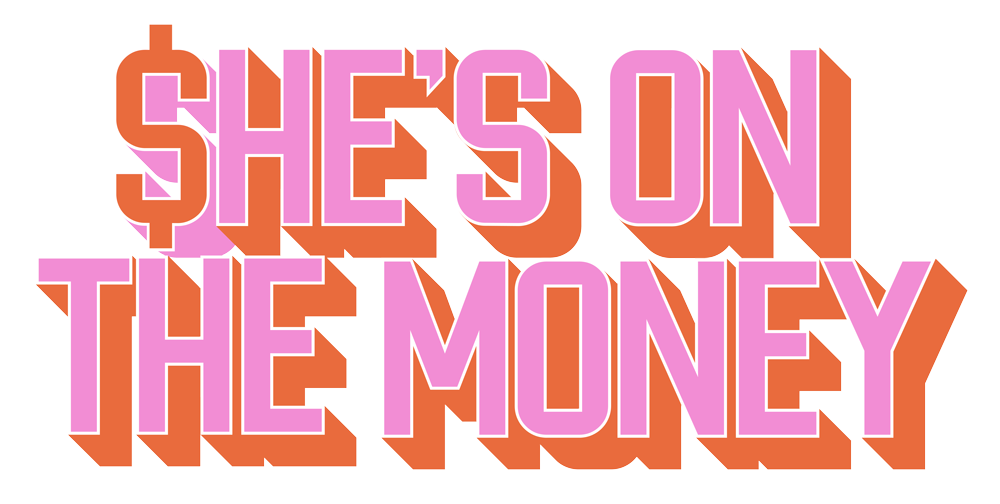Afterpay the Smart Way
We’ve all heard of Afterpay, zipPay, zipMoney, the list goes on…
Good old-fashioned saving and Layby seem to have gone out the window! Now, once you have set your sights on the latest iPhone, new season clothing line or those spontaneous flights to Vietnam you can snatch them up without the cash upfront. It’s a pretty perfect proposition if these items are things you can in fact afford, but if buy now, pay later is a way of getting something that you otherwise couldn’t afford then you’ve got it all wrong.
What is Afterpay?
Afterpay is a line of credit, aka debt. Think of it as Layby in reverse. You can shop with Afterpay online and instore and take the items home straight away, paying for them in four instalments over an 8-week period. The system is really user-friendly, clearly outlining your payment history, sending text reminders and processing payment super efficiently. Once you’ve created an account, purchasing through Afterpay is almost automatic so you’ll never have to roll out of bed to get your credit card again.
Buy now, pay later is so lucrative because payments are interest-free, you can’t go wrong, right? Not quite. Brands are loving this scheme because people are making impulse purchases faster and more frequently than they would have without these services and now more than 7,000 retailers have caught on. Instead of saving up for that new wallet, you can now take it home straight away plus grab the matching bag and pay it off over the next two months. But what if we asked you in two months if you still wanted the wallet and bag? Chances are you’ve moved on and completely forgotten about them!
How does it make money?
Afterpay makes money in two ways. First, retailers reportedly pay 4% of the purchase price to Afterpay, basically footing the bill for your interest-free payment plan. Secondly, Afterpay makes money from failed payments. So, if your card declines on the date of payment you have 24 hours to log onto your account and pay the amount due, otherwise, Afterpay charges a $10 late fee.
Don’t get us wrong…
We totally believe Afterpay has a place in the market. Say, for example, you can afford the $400 item but you are budgeting $50 a week to ‘splurge’, and rather than dip into your healthy savings account you decide to pay the item off over 8 weekly payments at $50 a pop – then you’re doing it right!
Good vs Bad Debt
So, we all know debt is bad. People spend their lives trying to climb out of credit card bills and mortgages they could never afford to begin with. Debt is often sensationalised by the media and what they forget to tell you is that debt isn’t always “bad”.
You might be thinking how can debt possibly be good?
Well “good” debt helps you build wealth over time. For example, your student loan, a mortgage that leads to an asset, or borrowing to invest to potentially get a better return on shares.
On the other hand, bad debt costs you money but doesn’t improve your financial position, for example, a car loan or a holiday on credit. You guessed it, Afterpay falls in the bad debt category. But that doesn’t mean you can’t buy the car or take the holiday, just make sure you’re using these services the smart way!
Our advice
Be aware of your financial situation and be honest with yourself about what you can and can’t afford.
The best way to keep track and create realistic spending habits is to do a budget. Download our budget tool below to get started!
*This advice is general in nature and does not take into account your personal objectives, financial situation or needs. You should consider whether the advice is suitable for you and your personal circumstances before deciding whether to act on it.

